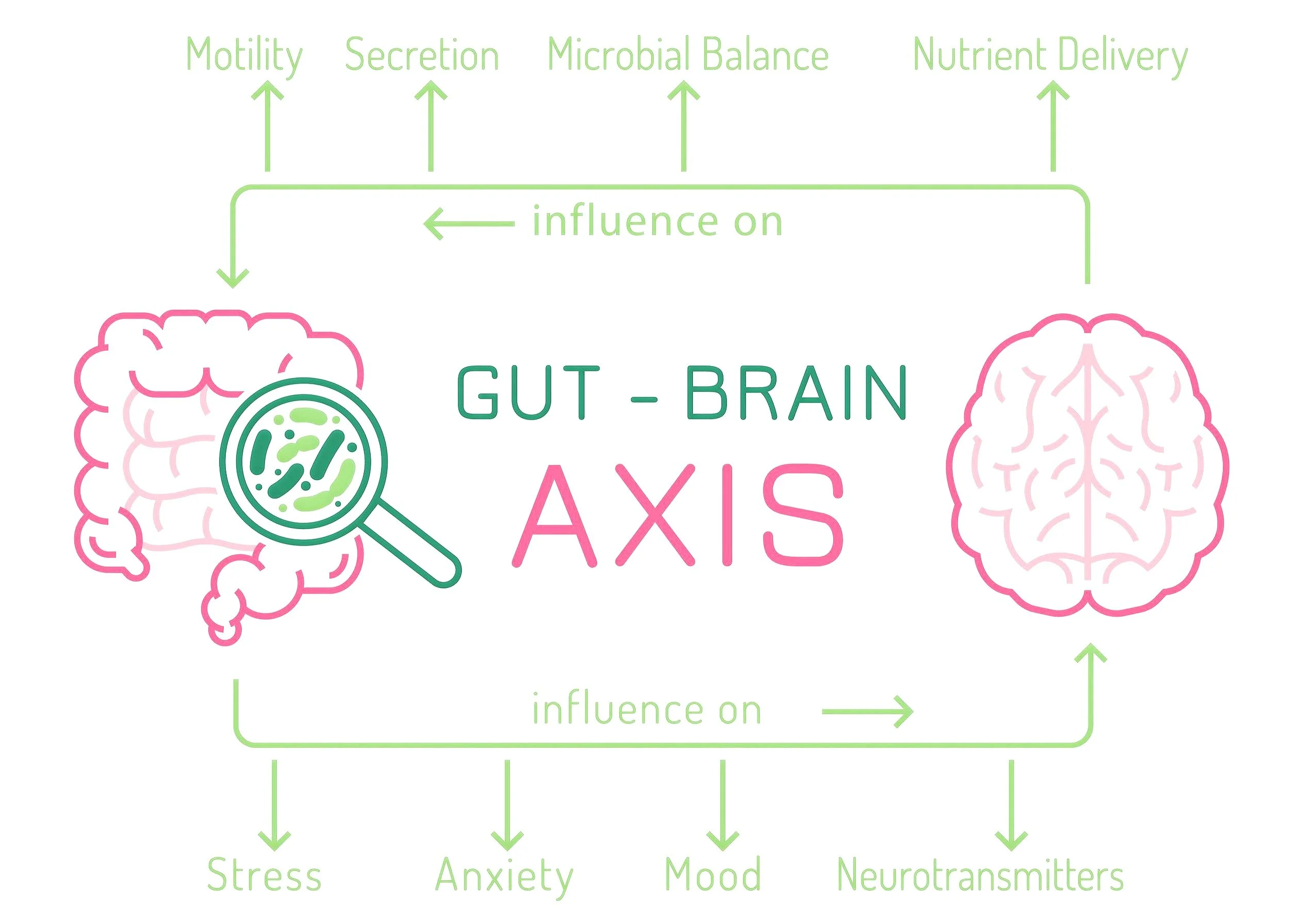
Vagus Nerve Stimulation.
Cranial Nerve X
The Vagus Nerve (Cranial nerve X) is the longest of the 12 cranial nerves and plays a very important role in the body’s functions in supplying structures in the neck, thorax, and abdomen in mammals.
The vagus nerve belongs to the parasympathetic division of the autonomic nervous system but it is primarily composed of sensory fibres.
There is an equilibrium between the sympathetic and parasympathetic nervous systems which is responsible for the maintenance of homeostasis.
The Vagus Nerve participates in the
control of:
- Cardiovascular homeostasis, via regulation of blood pressure and cardiac activity
- Respiratory function, via regulation of airways caliber, secretion, and blood gas composition
- Energy homeostasis, via regulation of food intake and gastrointestinal motility and secretions
- Immunity and inflammation, via the cholinergic anti- inflammatory pathway
Transcutaneous Vagus Nerve Stimulation (tVNS) can treat:
- Chronic Pain
- Atrial Fibrillation
- Autoimmune Disease
- Behavioural Issues (e.g autism)
- Digestion
- Crohn’s Disease
- Anxiety
- Blood Brain Barrier
- Inflammatory Disorders
- Migraine
- Reflux
- Allergy
- Epilepsy
- Gastrointestinal
- Depression
- Psoriasis
- Working Memory
- Neuroplasticity via BDNF (stroke, rehabilitation)
- PTSD
Vagus Nerve & the Gut
The Vagus nerve is what modulates the release of hydrochloric acid (stomach acid) and digestive enzymes Gastrin and Leptin in the stomach. When there is too much hydrochloric acid in the stomach the Vagus nerves afferent fibres perceive this and inform the brain to make a change. An efferent message is then sent down the efferent fibres of the Vagus nerve and levels of hydrochloric acid are adjusted to suitable levels. It has also been found that tVNS increases gut permeability, improves peristaltic activity and treats inflammatory gut disorders such as Celiac, SEBO and Ileitis.
The Vagus Nerve is the longest cranial nerve in the body & a important element of the Parasympathetic Nervous System (PNS) which comprise the Autonomic Nervous System (ANS), with the sympathetic nervous system. There is an equilibrium between the sympathetic and parasympathetic nervous systems which is responsible for the maintenance of homeostasis.
An imbalance of the ANS is observed in various pathologic conditions. The vagus nerve, a mixed nerve with 4/5 afferent and 1/5 efferent fibers, is a key component of the neuro-immune and brain-gut axes through a bidirectional communication between the brain and the (GI) tract. A dual anti-inflammatory role of the vagus nerve is observed using either vagal afferents, targeting the Hypothalamic-Pituitary-Adrenal Axis, targeting the cholinergic anti-inflammatory pathway.
The sympathetic nervous system and the vagus nerve act in synergy, through the Splenic Nerve, to inhibit the release of tumor necrosis factor-alpha (TNFa) by macrophages of the peripheral tissues and the spleen. Because of its anti-inflammatory effect, the vagus nerve is a sensor & regulator in the treatment of chronic inflammatory disorders where TNFa is a key component.
Anxiety & Depression
Research reveals that tVNS is a cutting edge treatment for depression, PTSD, inflammatory bowel disease. Treatments that target the vagus nerve increase the vagal tone and inhibit cytokine production. Both are important mechanisms of resiliency. The stimulation of vagal afferent fibers in the gut influences monoaminergic serotonin, dopamine, norepinephrine, epinephrine and histamine.
Brain systems in the brain stem that play crucial roles in psychiatric conditions, such as mood and anxiety disorders. In line, there is preliminary evidence for gut bacteria to have beneficial effect on mood and anxiety, partly by affecting the activity of the vagus nerve. Since, the vagal tone is correlated with capacity to regulate stress responses and can be influenced by breathing, its increase through meditation and yoga likely contribute to resilience and the mitigation of mood and anxiety symptoms.

